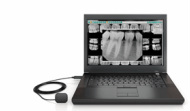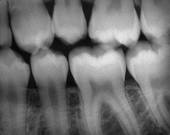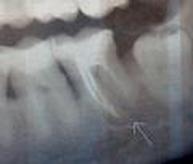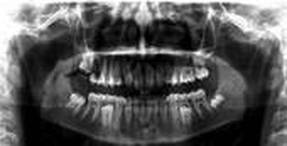X-Rays
Dental X-rays are pictures of the teeth, bones, and the soft tissues around them. X-rays are done to find problems in the mouth such as tooth decay, damage to the bones supporting the teeth, and dental injuries (such as broken tooth roots). Dental X-rays are often done to find these problems early, before any symptoms are present. They find teeth that are not in the right place or do not break through the gum properly. They are used to check for the location of permanent teeth growing in the jaw in children who still have their primary (or baby) teeth. They are an important tool to locate cysts, solid growths (tumors), or abscesses. Without X-rays, dentists may miss the early stages of dental problems.
 DIGITAL RADIOGRAPHY
DIGITAL RADIOGRAPHY
Digital radiography, “digital x-ray”, is the latest technology used to take dental x-rays. This technique uses an electronic sensor instead of the old x-ray film that captures and stores the digital image on a computer. This image can be instantly viewed and enlarged helping the dentist and hygienist detect problems easier and communicate those issues to you with our patient chair-side monitors. Digital x-rays reduce radiation 90% compared to traditional dental x-rays.
 BITEWINGS (BWX)
BITEWINGS (BWX)
Bitewing X-rays show the upper and lower back teeth and how the teeth touch each other in a single view. These X-rays are used to check for decay between the teeth and to show how well the upper and lower teeth line up. They also show bone loss when severe gum disease or a dental infection is present.
 PERIAPICAL (PA)
PERIAPICAL (PA)
Periapical X-rays show the entire tooth, from the exposed crown to the end of the root and the bones that support the tooth. These X-rays are used to find dental problems below the gum line or in the jaw, such as impacted teeth, abscesses, cysts, tumors, and bone changes linked to some diseases.
 PANORAMIC
PANORAMIC
Panoramic X-rays show a broad view of the jaws, teeth, sinuses, nasal area, and temporomandibular (jaw) joints. These X-rays do not find cavities. These X-rays do show problems such as impacted teeth, bone abnormalities, cysts, solid growths tumors), infections, and fractures.